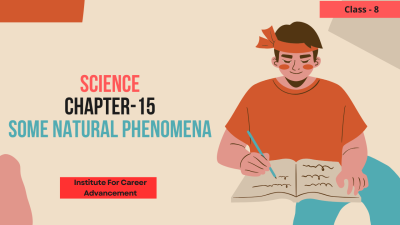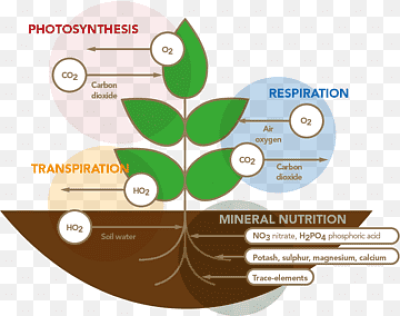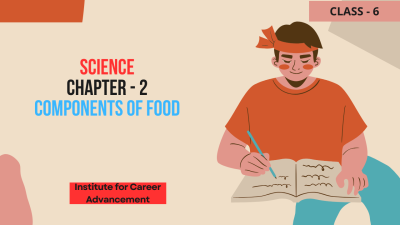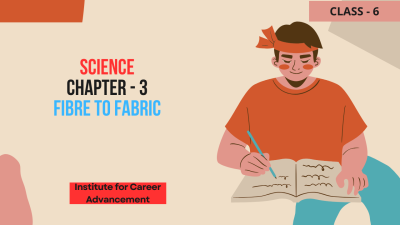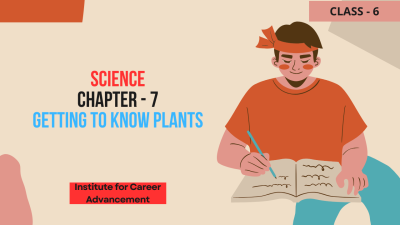Food : Where Does it Come From - Class 6
 Compare
Compare
Food can be defined as any substance consumed to provide nutritional support for the body. It typically consists of nutrients, such as carbohydrates, fats, proteins, vitamins, and minerals, that are ingested and assimilated by an organism to sustain life, promote growth, and maintain health.
Beyond its nutritional function, food also plays cultural, social, and psychological roles in human societies. It is often prepared and consumed in diverse ways, reflecting local traditions, preferences, and culinary practices. Overall, food is essential for nourishment and the maintenance of bodily functions, making it a fundamental aspect of human existence.
খাদ্যকে সংজ্ঞায়িত করা যেতে পারে যে কোনও পদার্থ যা শরীরের জন্য পুষ্টির সহায়তা প্রদানের জন্য খাওয়া হয়। এটিতে সাধারণত কার্বোহাইড্রেট, চর্বি, প্রোটিন, ভিটামিন এবং খনিজ পদার্থের মতো পুষ্টি থাকে যা জীবন টিকিয়ে রাখতে, বৃদ্ধির প্রচার এবং স্বাস্থ্য বজায় রাখার জন্য জীবের দ্বারা গৃহীত হয় এবং শোষিত হয়।
এর পুষ্টির কাজ ছাড়াও, খাদ্য মানব সমাজে সাংস্কৃতিক, সামাজিক এবং মনস্তাত্ত্বিক ভূমিকা পালন করে। এটি প্রায়শই বিভিন্ন উপায়ে প্রস্তুত এবং খাওয়া হয়, যা স্থানীয় ঐতিহ্য, পছন্দ এবং রন্ধনপ্রণালীকে প্রতিফলিত করে। সামগ্রিকভাবে, খাদ্য পুষ্টি এবং শারীরিক ক্রিয়াকলাপ রক্ষণাবেক্ষণের জন্য অপরিহার্য, এটি মানুষের অস্তিত্বের একটি মৌলিক দিক করে তোলে।

